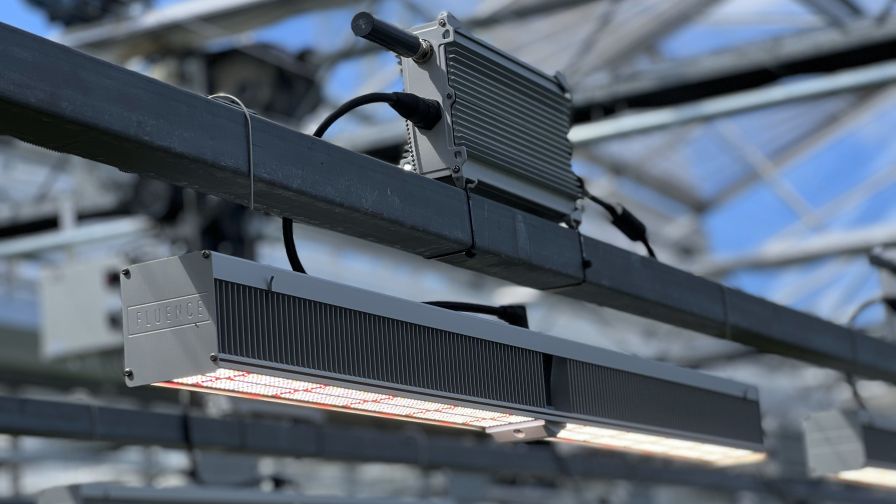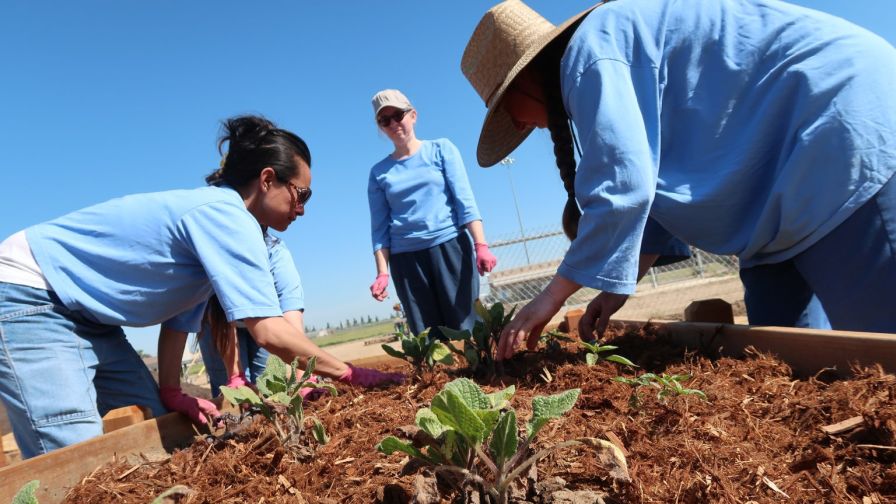Why a Strict Monitoring Program Is Essential for Thrips Control (Video)
The first sign of a thrips infestation in your greenhouse, according to Carlos E. Bográn, Senior Technical Manager at OHP Inc., is usually leaf stippling, which is small, pale marks caused by the feeding of thrips on young plant tissue.
“As the population grows, thrips feeding can stunt the plants and cause discoloration of the shoots. Leaves may become papery and distorted, and the terminals rolled or deformed,” Bográn says. “You really have to watch for the stippling signs early on.”
The challenge, Bográn says, is that many growers do not use a rigorous monitoring program or sampling protocol to detect the very small thrips populations.
“That’s a problem because they are hard to find. The thrips are very tiny, and the eggs are inside the plant tissue, so early on the plant can look clean,” he says. “If you are not looking for the small nymphs, they might escape you.”
As soon as you have a new crop that is known to be susceptible, you should start monitoring.
“Some growers use preventive measures like sprays or even seedling dips, because they assume some eggs are already in the plants, even though they’re not visible,” Bográn says.
Management Starts With Monitoring
Monitoring programs are the basis for an integrated approach, which is necessary based on the thrips’ life cycle.
“It is important to avoid growing a new crop right next to one that already has a thrips infestation. That’s easier said than done because sometimes we don’t have the space in the greenhouse,” Bográn says. “But it’s a good assumption that if you grow a new crop next to an old crop, the thrips will move into the new crop.”
Growers should start their management program, either preventative or curative, as early as possible, even before the flowers emerge.
One of the new tools OHP offers against thrips is Pradia Insecticide, which is a combination of two active ingredients: cyclaniliprole and flonicamid.
“This combination is effective because both components work against thrips,” Bográn says. “Flonicamid is systemic, so it diffuses through the plant tissue, while cyclaniliprole provides contact and ingestion activity. Pradia can also be fogged or used in a fine mist, which may improve coverage.”
One important thing to remember, Bográn says, is the life cycle of thrips is completed in the soil, whether it’s potting media soil or the soil underneath the benches in a greenhouse.
“That’s why an integrated approach is important,” Bográn says. “If you have surviving insects from generation to generation, that population is going to eventually explode when the weather is there. Proper sanitation practices can help you avoid the survival and reproduction of thrips.”
Learn more in the video below.
Bográn can be reached at [email protected]. Learn more at OHP.com.











